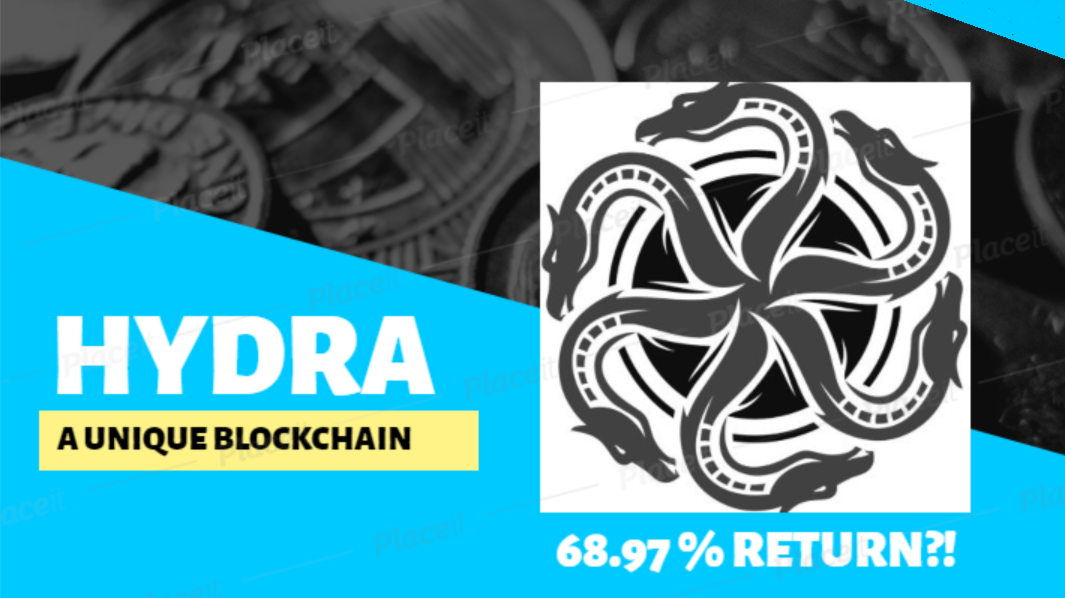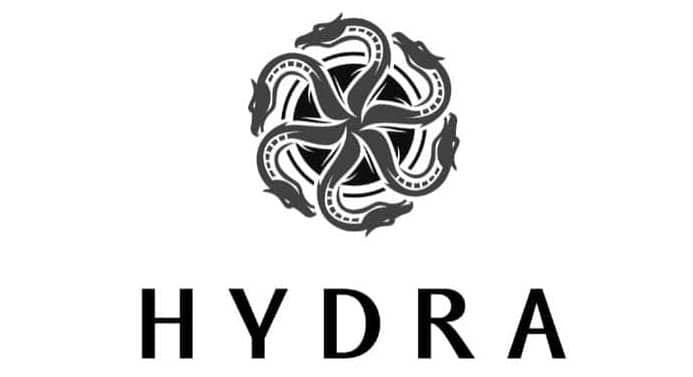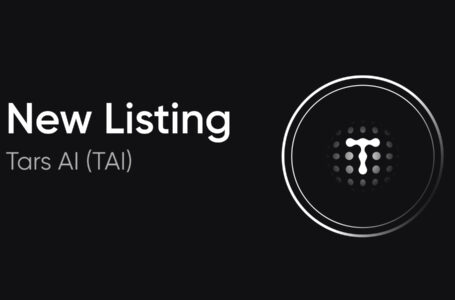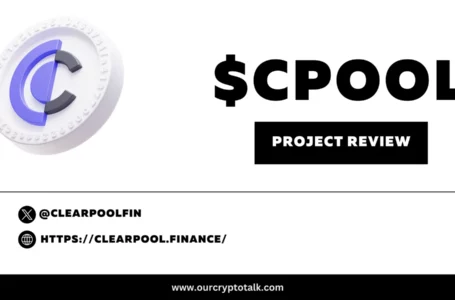
What is Hydra Blockchain?
Hydra is a proof-of-stake blockchain that was designed with a unique set of economic features. It is unique because it utilizes both inflationary and deflationary mechanics to make its economy work, while also allowing actual adoption by users to define the total supply of tokens.
Besides the unique economics introduced for Hydra Chain, the project also features a fixed inflation model that is designed to stimulate market participants and token stakers to contribute fully to the decentralized nature of the project.
Hydra Chain was designed based on the production version of the open-source blockchain Qtum. That blockchain was forked from Bitcoin Core, and has an Account Abstraction Layer added that supports the Ethereum Virtual Machine (EVM).
Hydra Chain uses the same well-known UTXO transaction model used by Bitcoin, but also employs a proof-of-stake consensus model. This design was implemented from the BlackCoin project and is a evolutionary step up that combines the best of Bitcoin and Ethereum.
What Problem Does Hydra Chain Solve?
One of the most difficult challenges in blockchain technology is deciding when and how to switch the economics from inflationary to deflationary. Hydra Chain addresses this through a unique mechanism whereby it can burn as much as 100% of the generated transaction fees at the protocol level, while also maintaining inflationary driven block rewards.
This design has been found to stimulate community growth while also protecting users against price degradation thanks to the ability of the blockchain to convert transaction fees into a permanent reduction in token supply.
Unlike other blockchains, in the Hydra Chain tokenomics the total supply of tokens isn’t simply a randomly selected number. Rather it is a direct representation of the actual economy and utility of the system.
On the inflationary side the block rewards mint new HYDRA tokens and increase the total supply of the token, while the deflationary side takes 50% of the transaction fees and burns them at the protocol level, thus reducing the total supply of tokens.
This creates a unique constant battle between the inflationary and deflationary forces of the blockchain, which yields a predictable economy that’s attractive for stakers since there is no price degradation of tokens due to inflation.
Solving the “Total Supply” problem
Nearly every new blockchain project launched puts an emphasis on its total supply, making the assumption that somehow the total token supply is an isolated metric that by itself represents the value of the blockchain.
Many comparisons have been made to the total supply of one project versus another in which the underlying assumption is that the chain with the lower total supply is also the chain with the more valuable token.
Based on this assumption, and on the trend for projects to place such emphasis on their total supply, it seems like the concept of total supply is now used more like a marketing tool than anything else.
It is understandable that things have evolved in this manner. After all, Bitcoin was the very first blockchain created, and its use of a total supply of 21 million BTC in order to maintain a deflationary status and generate demand is well known.
Hydra Chain looks beyond this by basing its ideology on a concept of supply being only 1 of 4 key components in the economic design of a blockchain and of the token scarcity that arises from that design. These four key components are:
- Starting supply – Supply is considered as a starting point which can go up or down depending on the design, usage of the chain and the integrated deflationary/inflationary mechanisms on protocol level.
- Node economy degradation over time (relative to market cap) – This is a critical factor since the node infrastructure has a fundamental implication on the whole system. A degrading node economy inevitably leads to a disparity between network value and the node security which on its end could lead to systemic failure. Node economy degradation should be 0 or negative. If positive, this would mean the whole system is increasing out of proportion to the security that supports it.
- Rate of Supply Change – The immutable mechanics embedded on protocol level that define the rate of change as a vector of the starting supply over time. A negative rate of change means the blockchain is burning coin supply and hence having a deflationary vector towards potential scarcity. A positive rate of change means the supply is in an inflationary state
- Transactional economy efficiency – Signaling the impact transactions make on the economic design
Hydra Improves on Crypto Economy
The Hydra Chain attempts to learn from the past economic flaws introduced into blockchain economies, and through that learning to create a healthy and dynamic economic geometry rather than one in which supply halving are predetermined events. Hydra Chain looks at the issue of total supply is a completely new and unique manner.
With Hydra Chain there is no longer any need or relevance to questions such as “When is the next halving”, and “What will happen to price after the next halving.” Instead the total supply of the system is a direct representation of the actual usage of the blockchain.
This gives everyone a fair and transparent means for interpreting total supply and the relation it has to price and transaction volume on the chain. And it gets rid of the speculation that arises from communicating the total supply metric.
Powerful Staking Economy
As mentioned earlier the Hydra Chain is a proof-of-stake blockchain. Anyone is able to become a full node in its ecosystem. All it takes is some HYDRA for staking and a few clicks of the mouse. Stakers are rewarded through block rewards and they receive a high APY. This mechanic helps to protect the chain from potential 51% attacks.
Here are few of the advantages of staking:
- Same APY for all stakers, regardless of HYDRA amount staked.
- Minimal computing power needed.
- Environmentally friendly.
- Accessible to everyone.
- Strong decentralization through hundreds of nodes.
- 100x more secure against “51% attacks” compared to POW.
The unique staking economy created for Hydra Chain guarantees a fixed income for the stakers. Each block yields a predefined block reward which can be adjusted through the distributed governance of the chain via proposals and on-chain voting.
In the Hydra Chain ecosystem the more HYDRA staked, the more frequently blocks will be mined. Whenever the number of stakers decreases the yield immediately increases, which works to incentivize the deployment of new nodes within the ecosystem.
Block Rewards – Minted HYDRA
Minted HYDRA provides the second layer of revenue by rewarding full nodes with newly minted HYDRA tokens. That means that even when there are no transactions conducted on-chain (highly unlikely), stakers can still count on receiving an attractive APY.
Current Setting (June 2021): 20% Inflation Rate Minted to Stakers
Hydra Governance
Even over the short history of blockchain there have been a number of times where hard forks didn’t work as intended, or when communities became separated due to varied views on proposed changes. These types of events present significant risks to the blockchain and can cause damage or even put an end to a project if they are serious enough.
Hydra Chain is fighting this risk by using a decentralized governance protocol that is designed to adapt to a variety of scenarios in a harmless and constructive manner.
There are a number of blockchain settings that have been identified as open to voting by HYDRA token holders. This allows a variety of blockchain settings to be modified “on the fly” so to speak, whenever required. This mechanism gives Hydra Chain increased flexibility and allows for steering by the community in a process of agreement rather than division.
The HYDRA Token
The HYDRA token was released just after 2021 began, at a price of $1.69 and in its first few weeks remained in a range of roughly $1.50 to $2.00. By February 2021 the price began to climb and at the end of February HYDRA tokens were trading above $8.
Price made dramatic gains in March 2021 as the entire cryptocurrency market was in a major bull rally, and by April 4, 2021 the token reached an all-time high of $48.66. Of course volatility is never far where cryptocurrencies are concerned and two weeks after hitting its all-time high the HYDRA token was down by over 60% at $18.69.
Final Thought
Hydra Chain is a fully permissionless, open source, and decentralized proof-of-stake blockchain that was created out of a combination of the best features of Bitcoin, Ethereum, and Qtum. It unifies these features, and adds a unique economic layer on top that is focused on providing HYDRA holders with a steady and guaranteed income in both USD and HYDRA.
Overall Hydra Chain presents an intriguing tokenomics, combining both inflationary and deflationary forces as determined by the market. It is expected that this will enable a very strong shared economy of which all parties can benefit fairly. Whether that’s true or not remains to be seen.



















